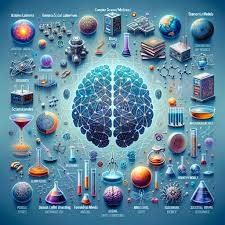Stamp: Map of Robert Guillard Research Station, Adelie Land (French territories in the Antarctic 2020)
Map of Robert Guillard Research Station, Adelie Land (French territories in the Antarctic 2020)
02 January (French territories in the Antarctic ) within release Robert Guillard Research Station, Adelie Land (2020) goes into circulation Stamp Map of Robert Guillard Research Station, Adelie Land face value 2.80 Euro
| Stamp Map of Robert Guillard Research Station, Adelie Land in catalogues | |
|---|---|
| Colnect codes: | Col: TF 2020-04b |
Stamp is horizontal format.
stamp from se-tenant pairAlso in the issue Robert Guillard Research Station, Adelie Land (2020):
- Stamp - View of Robert Guillard Research Station, Adelie Land face value 1.05;
- Se-tenant - Robert Guillard Research Station, Adelie Land face value 3.85;
- Stamp - Map of Robert Guillard Research Station, Adelie Land face value 2.80;
Stamp Map of Robert Guillard Research Station, Adelie Land it reflects the thematic directions:
A globe is a spherical model of Earth, of some other celestial body, or of the celestial sphere. Globes serve purposes similar to maps, but, unlike maps, they do not distort the surface that they portray except to scale it down. A model globe of Earth is called a terrestrial globe. A model globe of the celestial sphere is called a celestial globe
A map is a symbolic depiction emphasizing relationships between elements of some space, such as objects, regions, or themes. Many maps are static, fixed to paper or some other durable medium, while others are dynamic or interactive. Although most commonly used to depict geography, maps may represent any space, real or imagined, without regard to context or scale, such as in brain mapping, DNA mapping, or computer network topology mapping. The space being mapped may be two dimensional, such as the surface of the earth, three dimensional, such as the interior of the earth, or even more abstract spaces of any dimension, such as arise in modeling phenomena having many independent variables. Although the earliest maps known are of the heavens, geographic maps of territory have a very long tradition and exist from ancient times. The word "map" comes from the medieval Latin Mappa mundi, wherein mappa meant napkin or cloth and mundi the world. Thus, "map" became the shortened term referring to a two-dimensional representation of the surface of the world.
Science is a systematic discipline that builds and organises knowledge in the form of testable hypotheses and predictions about the universe.Modern science is typically divided into two or three major branches: the natural sciences (e.g., physics, chemistry, and biology), which study the physical world; and the behavioural sciences (e.g., economics, psychology, and sociology), which study individuals and societies.The formal sciences (e.g., logic, mathematics, and theoretical computer science), which study formal systems governed by axioms and rules, are sometimes described as being sciences as well; however, they are often regarded as a separate field because they rely on deductive reasoning instead of the scientific method or empirical evidence as their main methodology. Applied sciences are disciplines that use scientific knowledge for practical purposes, such as engineering and medicine



